SSR analysis of introgression of drought tolerance from the genome of Hordeum spontaneum into cultivated barley (Hordeum vulgare ssp vulgare)

Authors:
Wild barley (Hordeum vulgare ssp. spontaneum) and landraces are important sources of resistance to biotic and abiotic stresses since they possess wide genetic diversity that may be missing in current elite varieties. In this study, we evaluated a set of 57 barley introgression lines divided in groups depending on the expected levels of introgression (50, 25, and 12.5 %) from one Hordeum spontaneum accessions (Hsp 41-1) and on those (50 and 25 %) from a second (Hsp 41-5); in both cases the 25 % level was represented by two groups depending on the other parent. The two H. spontaneum accessions have been used as the best sources of drought tolerance in the ICARDA barley-breeding program. Graphical genotyping and genetic diversity analysis were used to examine the relative contribution of H. spontaneum and the extent of genetic differences among the 57 lines using 74 microsatellite markers that cover 941 cM of the barley genome. The average proportion of the genome containing H. spontaneum alleles in each group was of 44.5 %, group 1; 24.6 %, group 2; 21.6 %, group 3; 45.4 %, group 4; 19 %, group 5; 15.5 %, group 6 and 11.4 %, group 7. Introgression lines in group 1 and 4, with the highest observed introgression with Hsp 41-1 and Hsp 41-5, showed higher grain yield and better agronomic performance under field conditions in Breda and Khanaser, i.e., the two most stressed environments in which the groups were phenotyped, indicating the usefulness of using H. spontaneum as a source of chromosomal linkage blocks important for improved drought tolerance. However, more extensive genome coverage will be needed to identify the specific chromosomal regions associated with superior performance under extreme drought.
